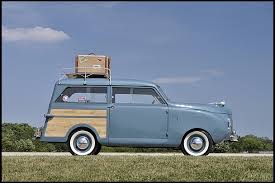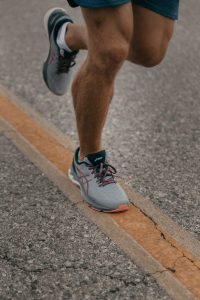

- The “way back” seat. When I was a kid, we owned the classic American family car – the station wagon. In those days, the third row was a rear-facing seat that we called the “way back” seat. Many people in your organization may feel like they’re riding in this position. They spend most of their time looking at what’s behind, with an occasional turn of their head to see what’s ahead. In this seat, the driver has to yell to be heard over the road noise and the talking of others.
- The luggage rack. On top of the car was the carrier in which we placed luggage so that we had more room on the inside. No one ever rode in the luggage rack, even though I’m sure that my sisters would have liked to have put me there on more than one occasion. Unfortunately, we often put people in this position while leading change in our organizations. They are blind to what is happening, feel neglected and mistreated, and will react in anger if they get a chance.
- Communicate with the passengers. Remember that those in the rear don’t have a clear view of what’s coming. Their ride will be much more enjoyable, and they will be less likely to object, if they feel included through effective communication.
- Listen and be willing to adjust. If the passenger in a car said, “I’m going to be sick if you don’t slow down,” you’d pay attention. In a similar way, you should listen to the feedback you’re getting about organizational change. It doesn’t change the destination that God has given you, but it could cause you to change the pace or even consider an alternate route.
- Upgrade the vehicle. Today’s family vehicles – minivans and SUV’s – hold the same number of passengers as our old station wagon, but the back row faces forward. If people in your organization are in the dark, you need to develop better ways to communicate and include them in the process before starting the change journey.
- Don’t put anyone in the luggage rack. This one is probably obvious, but pause and reflect on whether you’ve done this. You may have done so to deal with a “difficult” person or simply because you were too busy. Just realize that they will eventually get out, and when they do, you’ll suffer the consequences.



